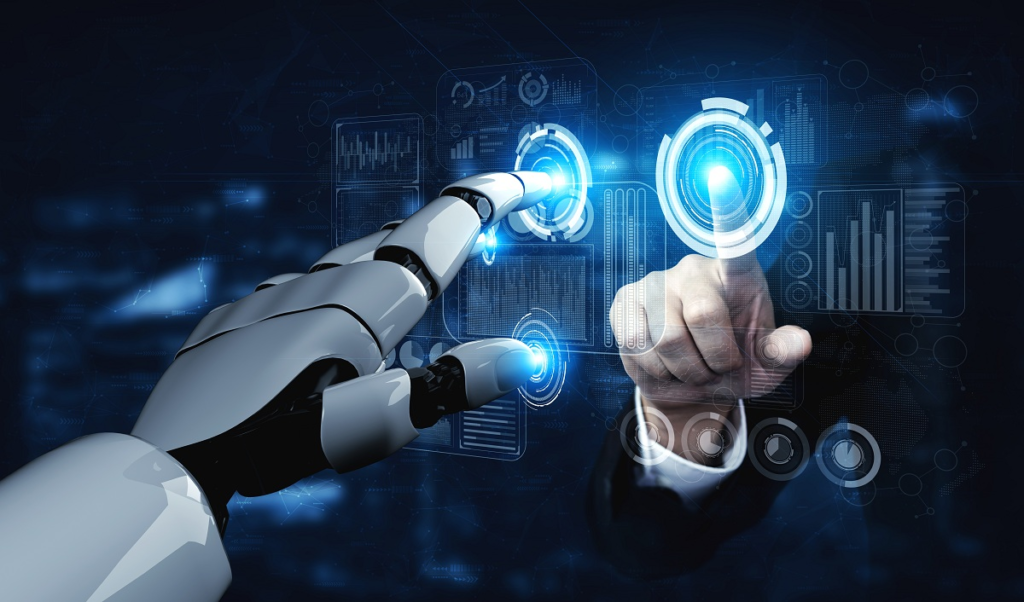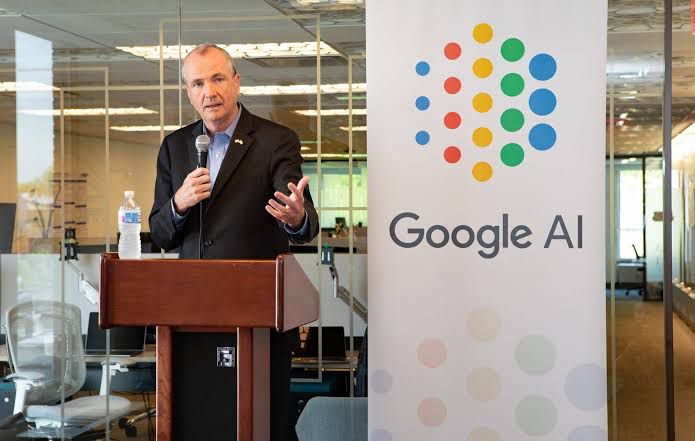Introduction
Meta, formerly known as Facebook, unveiled its first smart glasses, called Ray-Ban Stories, at its Meta Connect event on September 27. The glasses can take photos and videos, listen to music, and make and receive calls. Meta also announced that its AI chatbot, BlenderBot, will be coming to WhatsApp soon.
Ray-Ban Stories Smart Glasses
The Ray-Ban Stories glasses are a collaboration between Meta and Ray-Ban, the popular eyewear brand. The glasses look like regular Ray-Bans, but they have two built-in cameras and a speaker. The cameras can take photos and videos, and the speaker can be used to listen to music or make and receive calls.
The glasses are controlled using a touchpad on the side of the frame. Users can tap the touchpad to take a photo or video, or to play or pause music. Users can also double-tap the touchpad to answer a call.
The Ray-Ban Stories glasses are not the first smart glasses on the market, but they are the first from Meta. Meta is hoping that the glasses will be popular with consumers who want a way to stay connected without having to carry a smartphone around with them.

BlenderBot AI Chatbot
Meta also announced at its Meta Connect event that its AI chatbot, BlenderBot, will be coming to WhatsApp soon. BlenderBot is a generative AI chatbot that can generate text, translate languages, write different kinds of creative content, and answer your questions in an informative way.
BlenderBot is still under development, but Meta says that it is ready to be tested by a wider audience. Meta plans to roll out BlenderBot to a limited number of WhatsApp users in the coming weeks.
The addition of BlenderBot to WhatsApp is a significant development. WhatsApp is one of the most popular messaging apps in the world, with over 2 billion active users. The addition of a powerful AI chatbot to WhatsApp could make the app even more popular and versatile.
Implications of Meta’s Announcements
The announcements from Meta’s Meta Connect event are significant in a number of ways. First, they show that Meta is serious about the wearables market. The Ray-Ban Stories glasses are the first smart glasses from Meta, and they are likely to be popular with consumers who want a way to stay connected without having to carry a smartphone around with them.
Second, the addition of BlenderBot to WhatsApp shows that Meta is committed to making AI more accessible to everyone. WhatsApp is one of the most popular messaging apps in the world, and the addition of a powerful AI chatbot to WhatsApp could make AI more useful and accessible to billions of people around the world.
Overall, the announcements from Meta’s Meta Connect event are positive for both consumers and developers. Consumers will now have more options for smart glasses, and developers will have new opportunities to create innovative AI-powered applications for WhatsApp.
Conclusion
Meta’s unveiling of Ray-Ban Stories smart glasses and its plans to bring BlenderBot to WhatsApp are significant developments for the wearables and AI markets. These announcements show that Meta is committed to making these technologies more accessible and useful to everyone.










